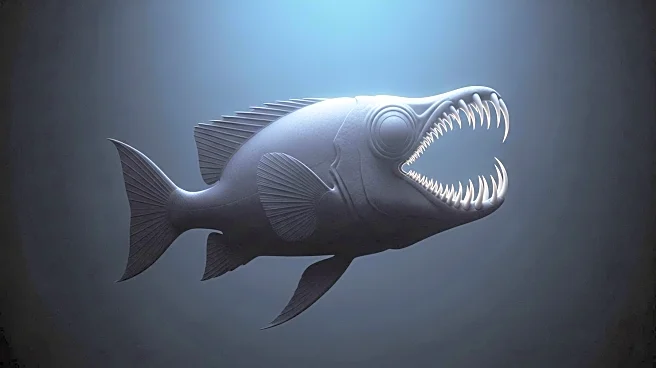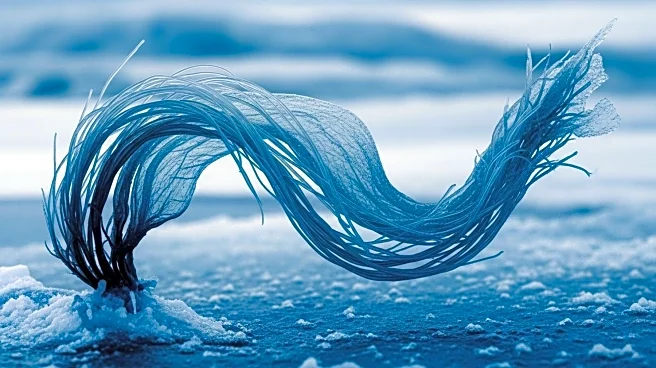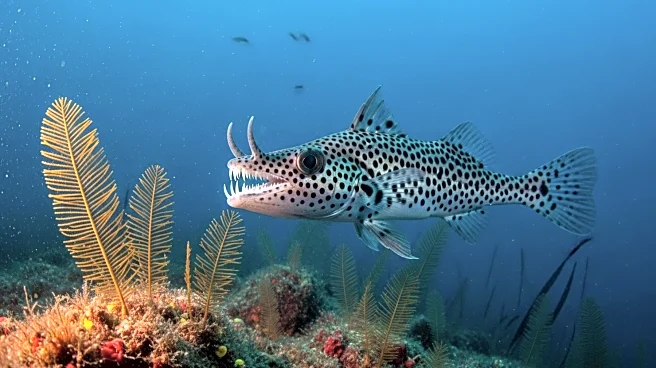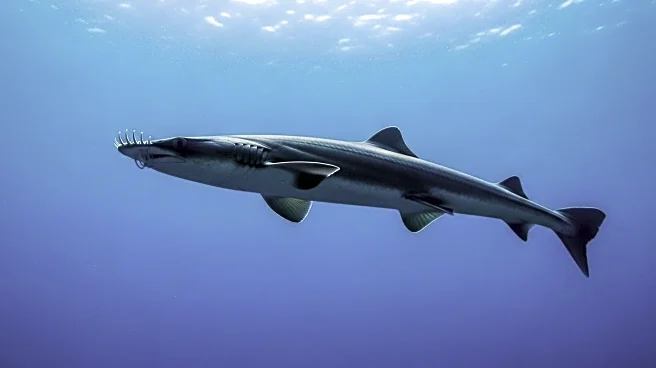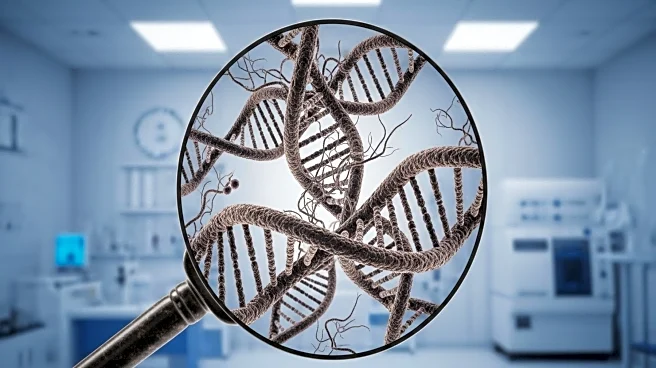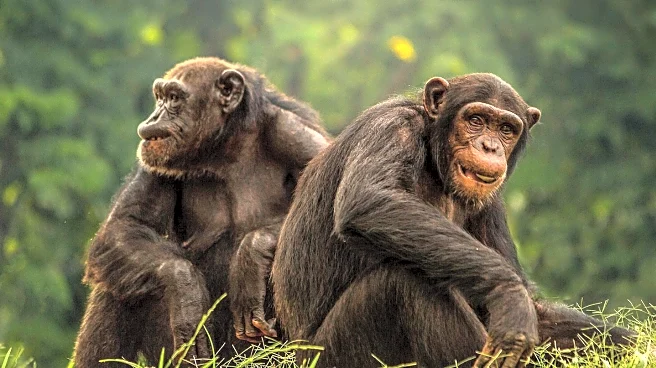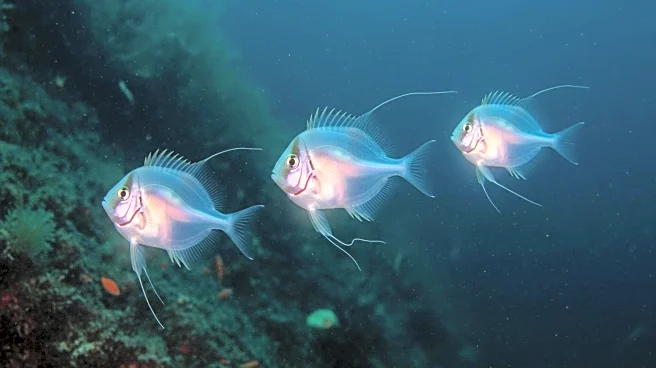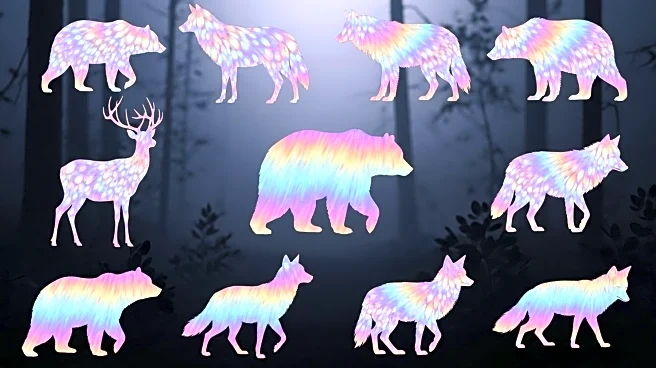What's Happening?
A study published in PNAS has revealed that the spotted ratfish, a type of chimaera, possesses a unique appendage known as a tenaculum, which is tipped with teeth. These teeth, located on the forehead, are used by male ratfish during mating to grasp onto female partners. Researchers found that these teeth are 'true teeth,' similar to those found in the mouth, challenging the traditional understanding of dental systems in vertebrates. The study suggests that the ratfish is the first vertebrate to grow mouth teeth outside the jaws.
Why It's Important?
This discovery challenges the long-held belief that teeth are confined to the mouth, suggesting a greater flexibility in the dental systems of vertebrates. It opens up possibilities for further research into the evolutionary development of teeth and their potential applications. Understanding the adaptability of dental systems could lead to innovations in dental science and provide insights into the evolutionary history of vertebrates.
Beyond the Headlines
The presence of mouth teeth outside the jaws in ratfish suggests a lineage of evolutionary adaptation, potentially offering new perspectives on the development of dental systems in vertebrates. This could lead to a broader definition of what constitutes a tooth and where they can form, prompting further exploration in evolutionary biology.
